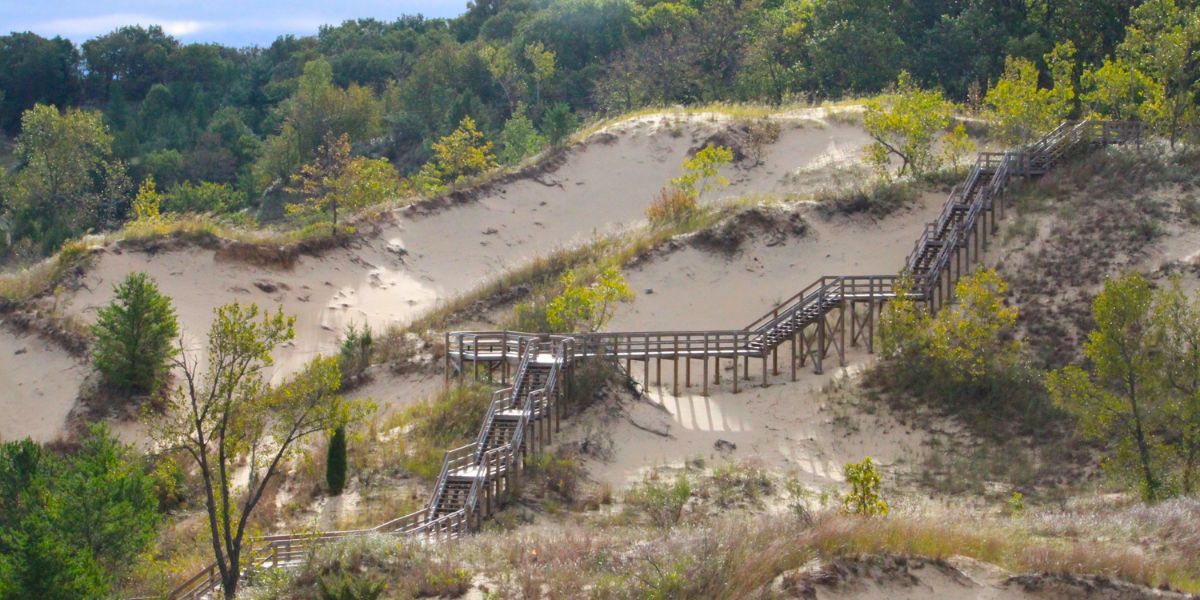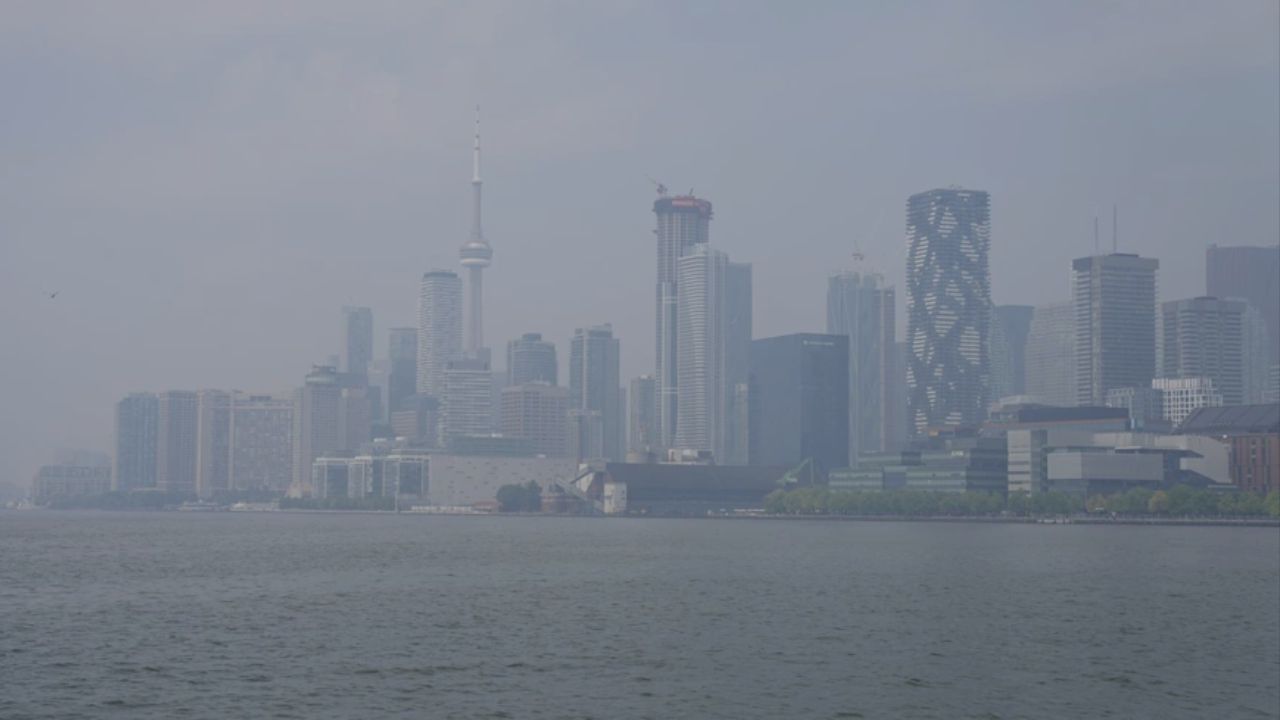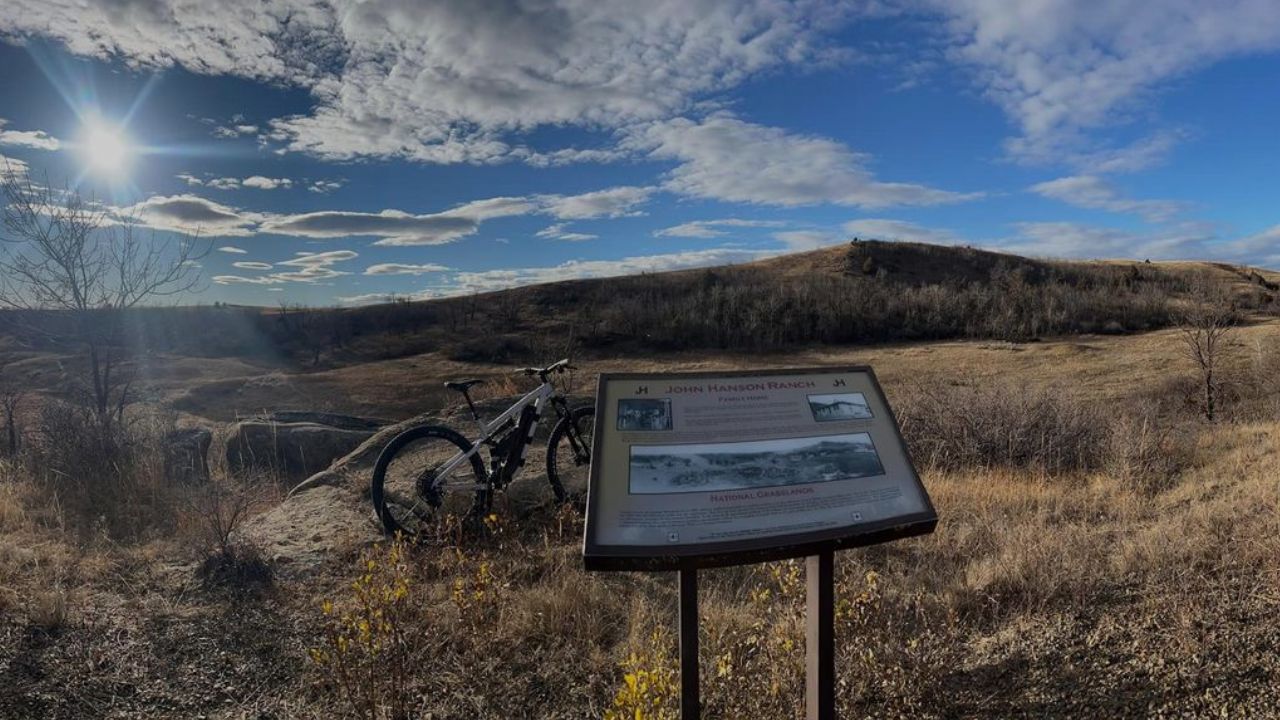One of Indiana’s most popular and breathtaking tourist sites is Indiana Dunes National Park, which stretches along the southern edge of Lake Michigan.
The park is known as one of the most dangerous tourist destinations in the US because of the hidden perils that lie behind its sun-drenched beaches and undulating dunes.
The Risks Associated with the Dunes’ Allure
Every year, thousands of people visit the park to trek its many trails, climb the enormous dunes, and cool down in the azure waters of Lake Michigan.
Although the scenery is remarkable, it conceals a number of serious risks:
- Dangerous Currents: Strong rip currents and undertows are frequently concealed beneath the lake’s hospitable exterior. Swimmers underestimate the force of the water, especially those who are unfamiliar with the Great Lakes, which can result in hazardous circumstances and, in some sad cases, drownings.
- Collapsible Sand Dunes: Unexpected dangers may arise from the dunes themselves. Hidden areas known as “sand traps” have formed in some areas of Mount Baldy and other dunes throughout time. These gaps, created by hidden rotting trees, have the potential to collapse beneath individuals, quickly drawing them into changing, deep sand.
- Extreme Weather: The weather in the park is subject to sudden changes. Unprepared tourists are left stranded when sudden storms with heavy winds, lightning, and a dip in temperature blow in off Lake Michigan.
- Steep drop-offs and unmarked paths: Despite their beauty, some of the trails lack proper signage. The risk of falls, sprains, or getting lost increases when hikers misjudge the amount of work needed to climb the dunes or become confused.
Park Mishaps and Rescue Activities
Every year, dozens of situations at Indiana Dunes are handled by rescue teams from the National Park Service and local organizations.
These include searching for hikers who have gone missing, rescuing people from strong currents, and providing medical aid to people who are hurt or experiencing heat exhaustion.
A number of high-profile instances have garnered national notice in the last ten years. In one notorious instance, a kid slipped into a dune’s sinkhole, leading to a valiant rescue effort that brought attention to the unseen instability of some sand formations.
In an effort to increase swimmer safety, Lake Michigan’s hazardous rip currents have also prompted additional signage and warnings.
Advice for Visitors on Safety
In order to safely enjoy Indiana Dunes National Park, experts advise:
- Always swim in approved locations, and pay attention to lifeguards’ cautions.
- Steer clear of designated trails and don’t climb forbidden dunes.
- Keep an eye out for any changes in the weather and take cover as soon as a storm arrives.
- Stay cool, swim parallel to the shore to get out of the current, and call for assistance if you find yourself in a rip current.
Read Also: This Missouri Site Ranked Among Most Dangerous Tourist Attractions in U.S.
Why the Dunes Are Still Important to See and Should Be Respected?
The untainted natural beauty and distinctive sceneries of Indiana Dunes National Park enthrall. However, like many of America’s most enticing locations, its very characteristics can also put the unprepared or careless in danger.
Visitors may make sure their visit to this amazing location is unforgettable for all the right reasons—without turning into another cautionary tale—by honoring the force of nature and using common sense.
The park’s inclusion on the list of the country’s most hazardous tourist destinations serves as a reminder that, despite its excitement, adventure always necessitates caution and reverence for the environment.






